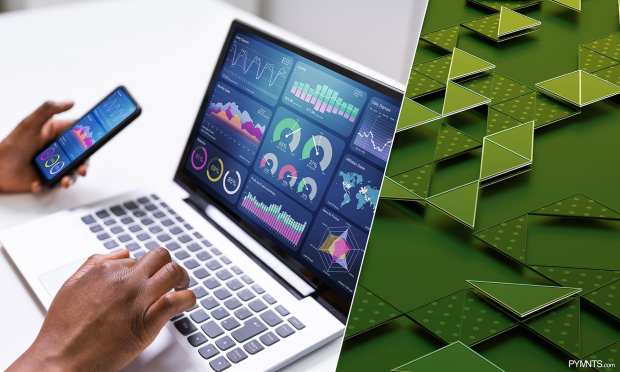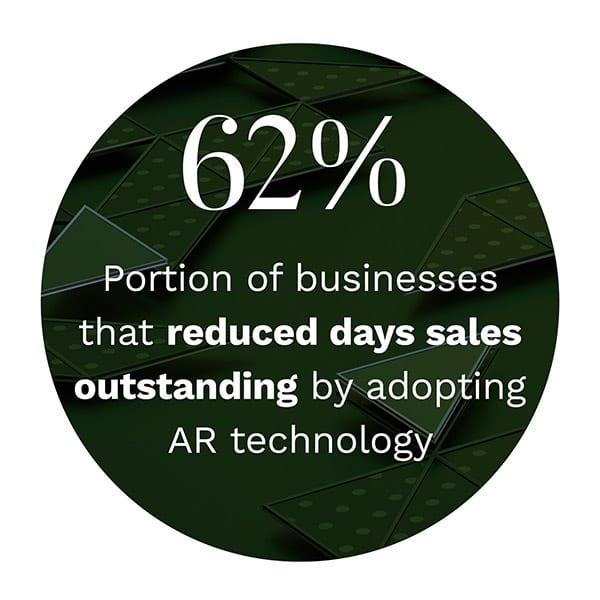Salesforce: How Account-To-Account Payments Ease Firms’ Cash Flow Crunches

 Suppliers who have become tired of waiting for paper checks to arrive and corporate clients who are aggravated by the fees involved in canceling and reissuing checks that have become lost in the mail are looking for faster, simpler ways to transact with each other.
Suppliers who have become tired of waiting for paper checks to arrive and corporate clients who are aggravated by the fees involved in canceling and reissuing checks that have become lost in the mail are looking for faster, simpler ways to transact with each other.
More companies are therefore turning to digital account-to-account (A2A) payment methods to help them streamline business-to-business (B2B) transactions. Such methods enable funds to be transferred directly from buyers’ bank accounts into suppliers’ along with the accompanying payments data flowing from the senders’  enterprise resource planning (ERP) applications into those used by their recipients. Providing more convenient experiences can help foster warmer buyer-supplier relationships.
enterprise resource planning (ERP) applications into those used by their recipients. Providing more convenient experiences can help foster warmer buyer-supplier relationships.
The March Next-Gen AR & AP Digitization
Report: How A2A Payment Automation Can Help Improve Supplier Cash Flow examines businesses’ cash flow and late payments pains as well as how B2B A2A payment methods can help address these problems.
Around The Digital Payments Space
Late payments are top of mind for suppliers in western Europe, where a study found that nearly half of invoices in the region were past their due dates. Thirty-eight percent of companies also said that they were concerned they would not be able to collect on overdue payments. These problems can easily spiral because many firms enduring payment delays are then less able to pay their own suppliers on time.
Businesses in the United States are also focused on such matters, and desires for quicker, easier payments processes may be driving a shift toward sending more transactions over the automated clearing house (ACH) network. Last year saw an 11 percent rise in the value of B2B transactions made via ACH compared to 2019 levels, for example.
U.S. firms can expect to be able to send payments at even greater speeds by using real-time payment systems. The Federal Reserve plans to debut its FedNow instant payments system and has been actively working to refine the offering. Launch plans are moving forward, and the Fed selected a financial services provider to help pilot and provide feedback on the FedNow system, which will further inform its development.
Find more on these and the rest of the latest headlines in the Report.
Using A2A Payments To Fight B2B Firms’ Cash Flow Pains
Suppliers have been confronting cash flow interruptions more often during the pandemic, and sluggish client payments exacerbate this financial strain. Paper check-based payments are especially likely to cause problems as they are slow-moving and can be cumbersome to retrieve from offices while employees are working from home, said Pascal Yammine, general manager and senior vice president of business software solutions provider Salesforce Revenue Cloud.
In the Feature Story, Yammine explains businesses’ growing interest in replacing such manual methods with fast, secure A2A methods instead.
Read the full story in the Report.
Deep Dive: Accelerating B2B Payments With A2A Methods
Too many late payments could drive small- to medium-sized businesses (SMBs) into financial collapse — a risk that has grown during the pandemic. Small suppliers are responding by encouraging clients to avoid sending paper payments and to adopt swifter digital methods instead.
The Deep Dive examines businesses’ late payments struggles and the ways that sending payments over the same-day ACH and Real-Time Payments (RTP) networks can help reduce such frictions.
Read more in the report.
About The Report
The Next-Gen AR & AP Digitization Report, a PYMNTS and Transcard collaboration, explores how businesses have been digitizing payments during the pandemic and how leveraging quick account-to-account payment methods help them transact more smoothly and improve cash flows.
